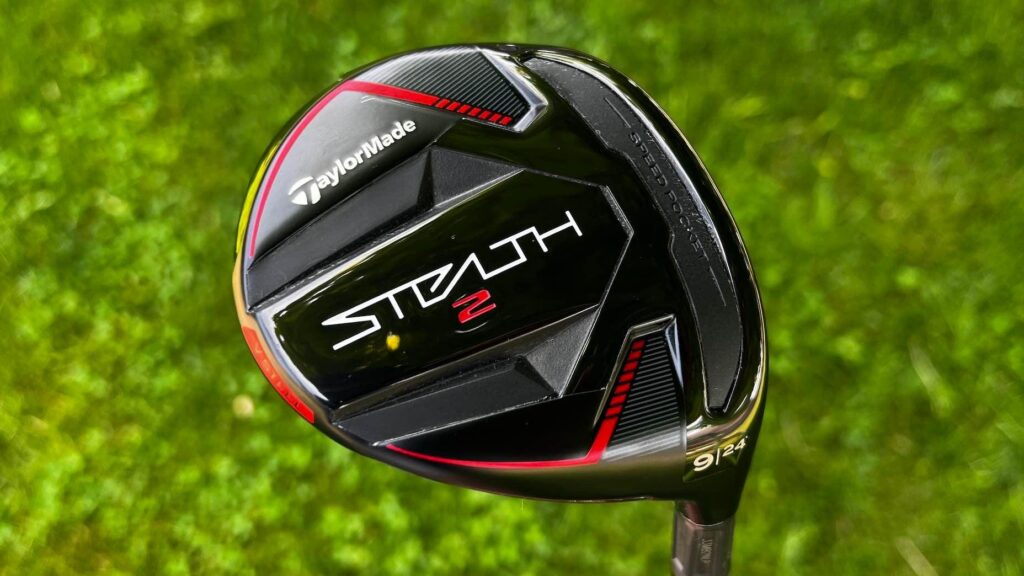9-Wood Explained: Loft, Distance, and Whether You Need One
In the ever-evolving landscape of golf equipment, the 9-wood has emerged as a topic of renewed interest among players seeking versatility and performance on the course. As golfers strive to enhance their game, understanding the nuances of club selection has become essential. This article delves into the intricacies of the 9-wood, examining its loft, potential distance, and its place in the modern golfer’s bag. With equipment technology advancing rapidly, we explore whether this often-overlooked club is a vital addition or simply a niche choice for specific playing styles. Join us as we uncover the benefits and considerations surrounding the 9-wood, providing insights that could reshape your understanding of club dynamics and improve your performance on the fairway.
Understanding Loft and Distance Dynamics of the 9-Wood for Optimal Performance
The 9-wood is a unique club in any golfer’s bag, known for its high loft (typically ranging from 22° to 25°) that facilitates high launch angles and softer landings on greens. This elevated loft allows players to achieve optimal distance with greater ease, especially when dealing with challenging lies. The design of a 9-wood makes it particularly beneficial for those who struggle with achieving height and distance with longer irons or even hybrids. Its combination of a larger clubhead and a longer shaft compared to a 5-iron can yield impressive results when struck cleanly, producing a dependable trajectory that many amateur golfers find advantageous.
Understanding the relationship between loft and distance is crucial for maximizing performance. In general, with the 9-wood, you can expect to cover distances that fall closely in line with what you might achieve using a 5-iron or a hybrid, but the added loft allows for better control and accuracy. Here are some key points to consider:
- Launch Angle: Higher loft leads to steeper trajectories, making it easier to stop the ball on the greens.
- Distance Control: Consistent strikes yield reliable distance, making it a favorite for approach shots.
- Turf Interaction: The wider sole helps minimize drag, especially from fluffy lies, improving overall contact.
To illustrate the performance differences, the table below highlights typical distance ranges for a 9-wood compared to a 5-iron:
| Club | Distance (Yards) | Launch Angle |
|---|---|---|
| 9-Wood | 150-180 | 22°-25° |
| 5-Iron | 170-200 | 18°-20° |
This information emphasizes that while the 9-wood may not reach the same distances as longer clubs, its forgiving nature and ability to help you land the ball softly on the green make it an excellent option for golfers looking to improve their accuracy and consistency.
Evaluating the Necessity of the 9-Wood: Who Should Consider Adding This Club to Their Bag
The consideration of adding a 9-wood to your golf bag is not merely about expanding your collection of clubs; it’s about enhancing your game. This club can be particularly advantageous for players who struggle with longer irons or hybrid clubs. Key demographics that may benefit from a 9-wood include:
- High Handicappers: Those still developing their skills and looking for forgiveness on approach shots.
- Seniors: Players who may require a bit more loft to maintain distance without sacrificing accuracy.
- Women Golfers: Generally looking for clubs lighter and easier to hit while still providing good distance.
The distance capability of a 9-wood often falls between that of a 3-wood and a hybrid, making it a versatile addition to any bag. Players who frequently find themselves in situations requiring a high launching shot, particularly from the fairway or rough, should seriously consider carrying this club. Furthermore, it can be particularly useful in tricky weather conditions where wind can affect ball flights. Here is a brief comparison chart highlighting the 9-wood against traditional clubs:
| Club Type | Loft (Degrees) | Typical Distance (Yards) |
|---|---|---|
| 9-Wood | 22-24 | 150-180 |
| 3-Wood | 15 | 180-210 |
| Hybrid (4) | 22 | 160-190 |
Key Takeaways
In conclusion, the 9-wood remains an intriguing option for golfers seeking to enhance their game with a versatile club that comfortably bridges the gap between traditional fairway woods and hybrids. With its loft design tailored for elevated launch and forgiving distance, it can prove advantageous for both novice players and seasoned veterans looking to refine their approach shots. Whether or not to include a 9-wood in your bag ultimately hinges on individual playing style and course conditions. As you evaluate the merits of this club, consider testing it alongside your existing equipment to determine if it complements your performance on the course. With advancements in technology and a deeper understanding of club dynamics, the 9-wood might be the strategic edge you’ve been missing. Happy golfing!








